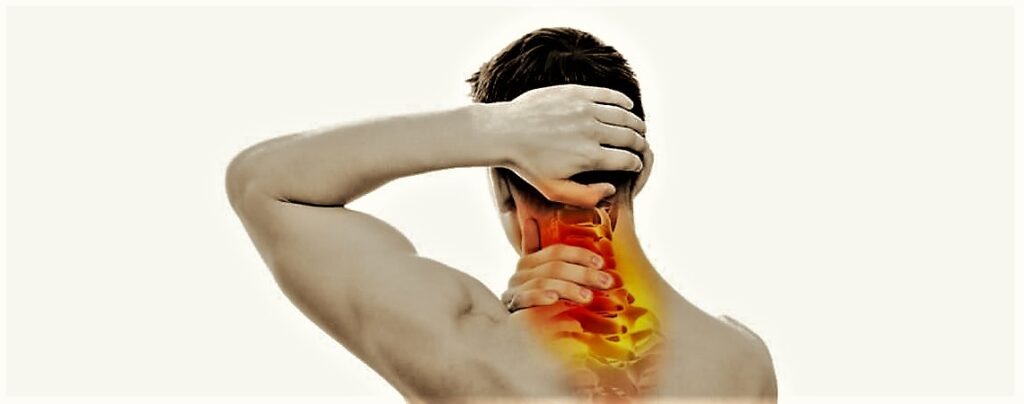
Cervical spondylosis
What is cervical spondylosis?
Cervical spondylosis is a condition caused by the wear and tear of the discs, vertebrae, and ligaments in the cervical spine, the part of the spine that contains seven small vertebrae forming the neck. This condition leads to the growth of bone spurs at the edges of the vertebrae and narrowing of the space between the discs, which increases pressure on the trigeminal nerve and the spinal cord. Cervical spondylosis is commonly associated with aging, and the risk of developing it increases with age. Other factors that may increase the likelihood of developing cervical spondylosis include occupation, smoking, injuries, and genetic factors.
What are the symptoms of cervical spondylosis?
Cervical spondylosis may not cause any symptoms in some cases, especially in the early stages. However, in other cases, some symptoms may appear, varying in intensity and frequency depending on the extent of wear and damage. The most common symptoms include:
- Pain or weakness in the neck area, which may increase with movement or spread to the arms or shoulders.
- Headaches or dizziness.
- Numbness or tingling in the arms or fingers.
- Hearing grinding or cracking sounds when moving the neck.
- Muscle spasms or inflammation in the neck.
- Limited range of motion to the sides or forwards and backwards.
- Tinnitus or hearing loss.
- Nausea or digestive issues.
- Memory problems or vision disturbances.
- Increased heart rate or high blood pressure.
What are the complications of cervical spondylosis?
Cervical spondylosis can cause serious complications in some cases if not treated properly. These complications arise from pressure on the spinal cord or surrounding nerves, affecting their functions. The main complications include:
Cervical Myelopathy: This condition is characterized by weakness or paralysis in the upper or lower limbs, numbness or tingling, difficulty walking or balancing, muscle spasms, loss of control over the bladder or bowels, and abnormal reflexes.
Cervical Radiculopathy: This condition occurs when bone spurs put pressure on the nerve roots exiting from the cervical vertebrae, causing severe pain in the arms or shoulders, numbness, or weakness.
